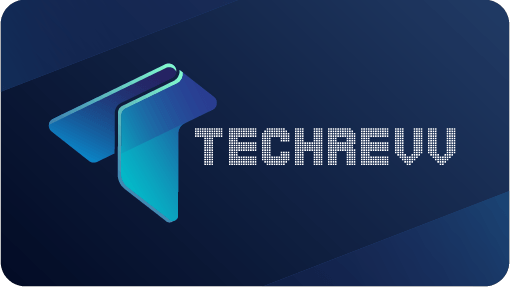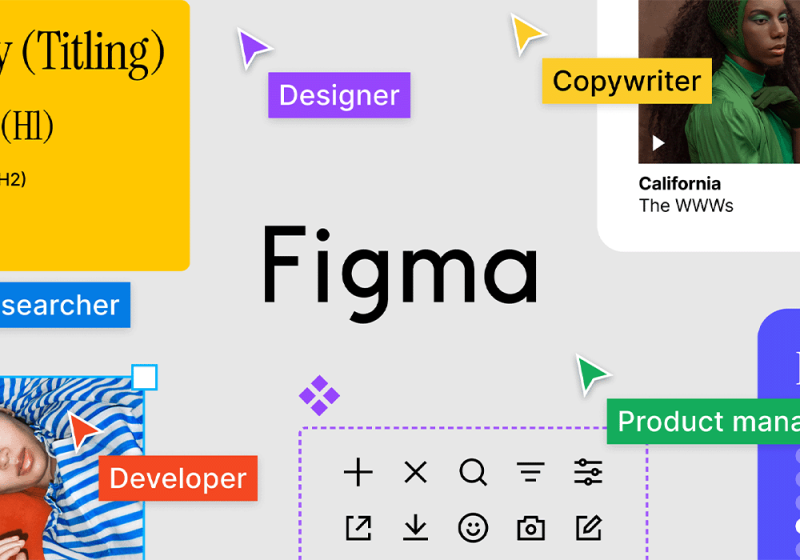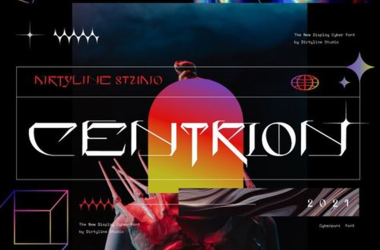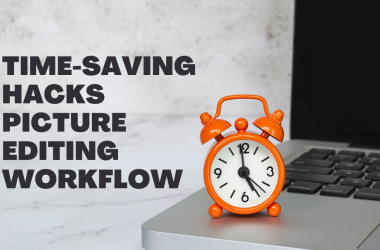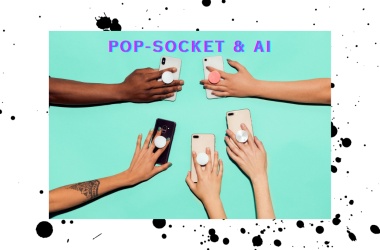A new challenge has emerged in the ever-evolving design world, where tools are crafted to enhance creativity and collaboration – “Figmaism.” Before you jump to conclusions, let's delve into this phenomenon and explore what it means for designers worldwide.
Understanding Figmaism:
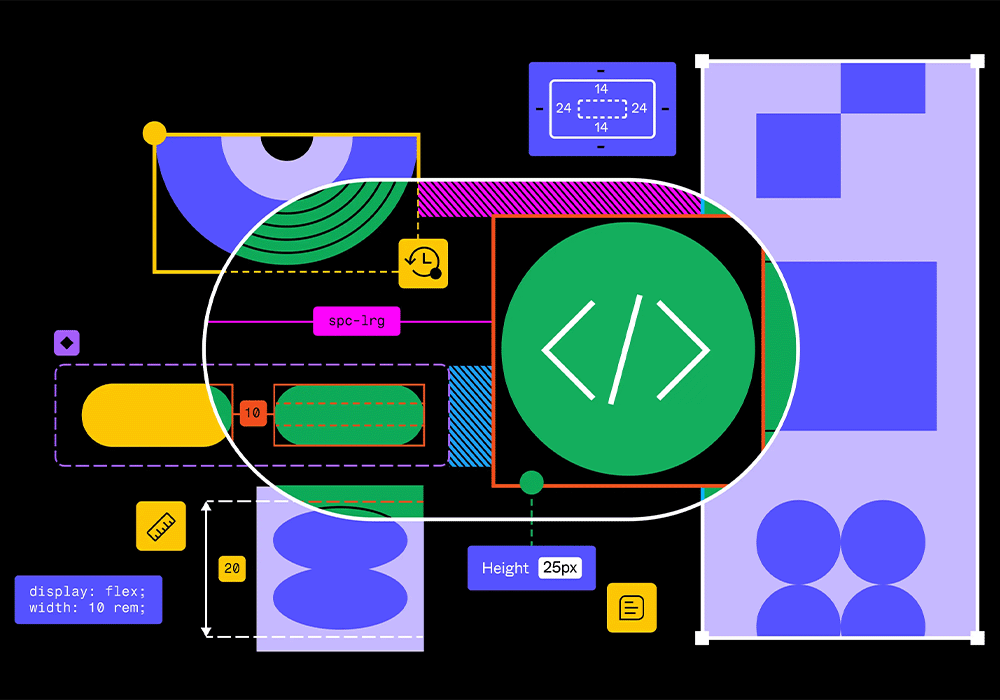
Figma, a cloud-based design tool, has revolutionized how designers collaborate and create. Its real-time collaboration features, ease of use, and versatility have made it a go-to platform for many. However, the unintended consequence has been the rise of what we call “Figmaism” – a tendency for designers to become overly reliant on the tool, almost to the point of becoming a design philosophy.
The Figma Dependency:
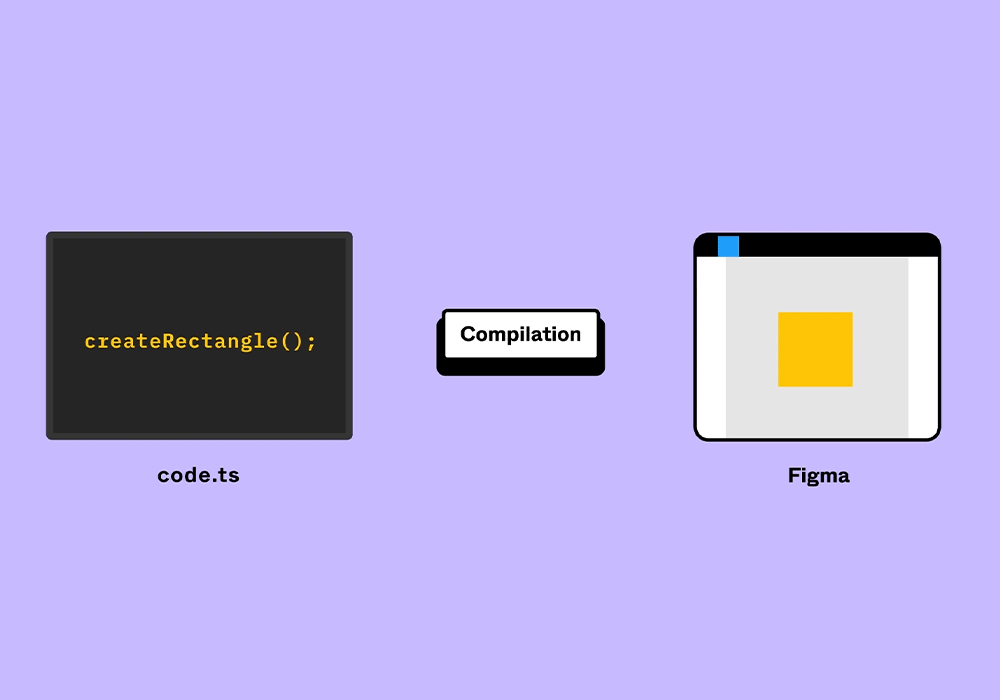
“Figmaism” manifests in various ways. Designers may fixate on Figma's collaborative features, leading to a potential disconnect with other tools and methodologies. It's common to hear phrases like “Let's Figma it out” or “We can solve this in Figma.” While Figma is undeniably powerful, this exclusive dependency may hinder designers' ability to explore alternative solutions and expand their creative horizons.
The Impact on Creativity:

While Figma streamlines the design process, the risk lies in the homogenization of design thinking. A singular focus on one tool may limit creativity and innovative thinking. Designers may inadvertently conform to what Figma excels at, potentially missing out on alternative approaches that other tools or manual processes could offer.
Diversifying the Design Toolkit:
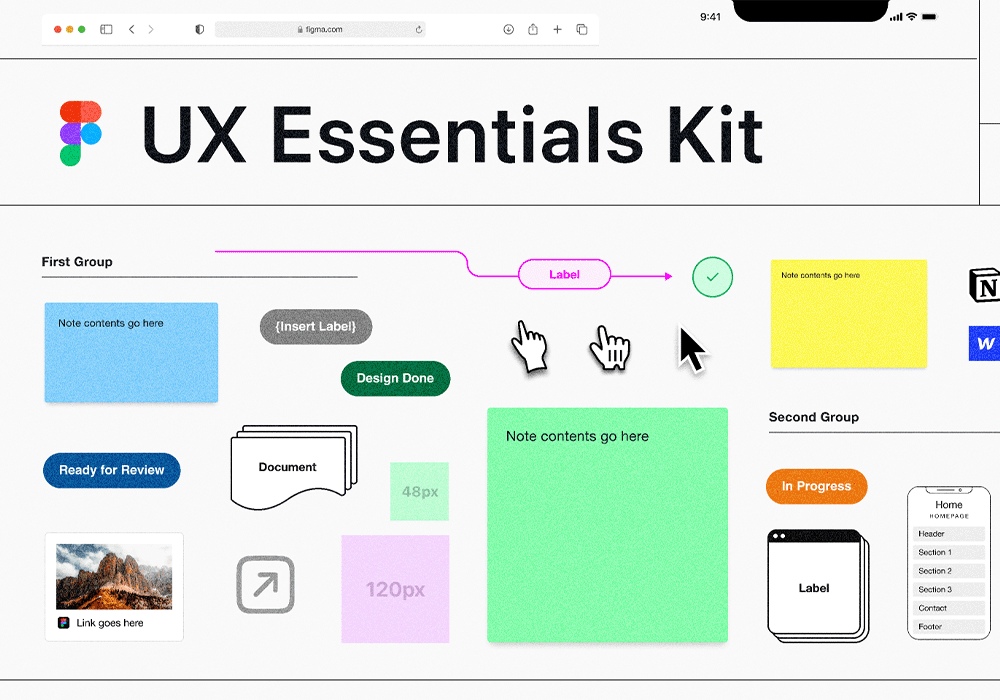
To combat Figmaism, designers need to diversify their toolkit. Embrace the unique strengths of different design tools, both digital and traditional. Sketching on paper, exploring concepts in Adobe XD, or experimenting with animation in Principle can add layers to your skill set, fostering a more well-rounded approach to design challenges.
Balancing Collaboration and Independence:
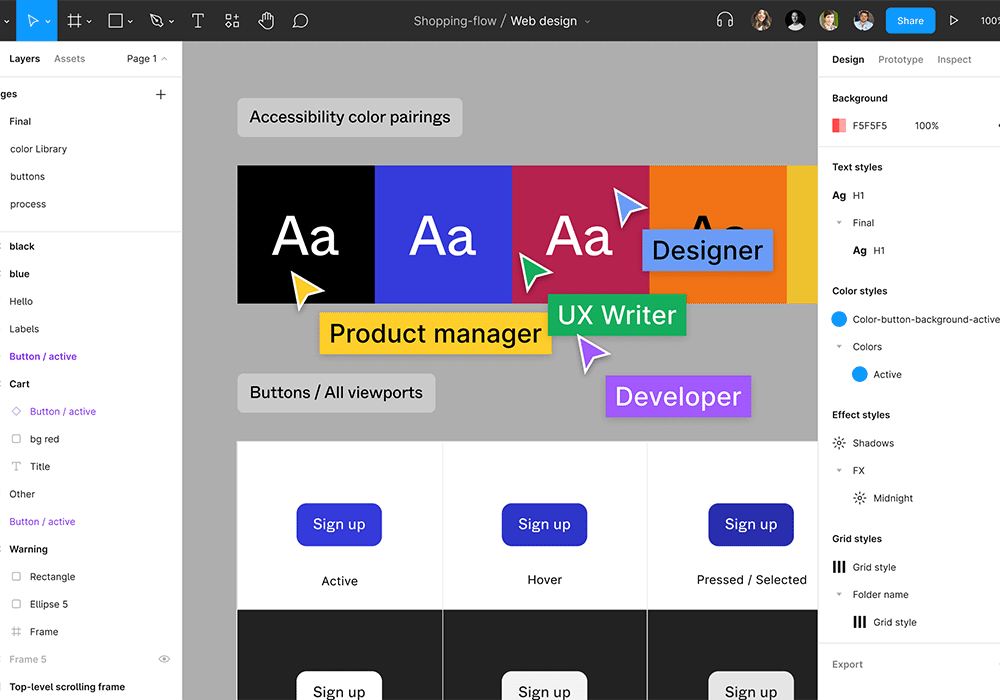
While Figma's Collaborative features are unparalleled, it's crucial not to sacrifice individual creativity to pursue teamwork. Designers should strike a balance, knowing when to leverage the collaborative power of Figma and when to retreat into solo exploration to foster originality.
Fostering a Design Ecosystem:
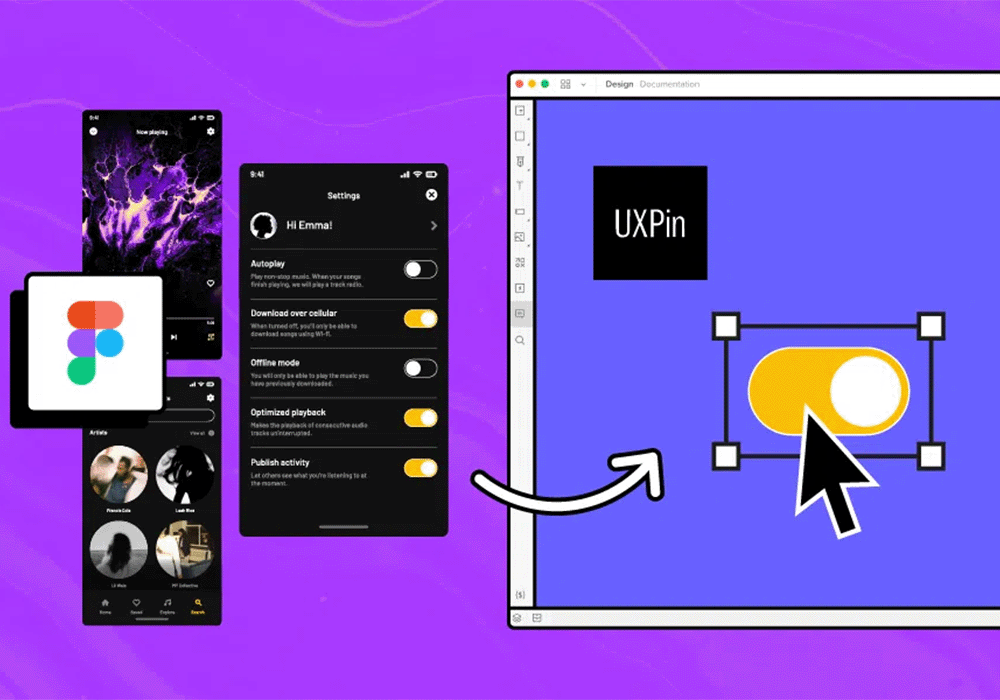
To address the “Fgmaism” “problem, let's advocate for a design ecosystem that values diversity. Encourage teams to explore various tools and methods, fostering an environment where creativity flourishes through collaborative efforts and individual brilliance.
Conclusion:
In acknowledging the “Figmaism” problem, we're not discrediting the tool but urging designers to recognize the broader design landscape. Let's celebrate the strengths of Figma while embracing the richness of a diverse design toolkit. By doing so, we empower ourselves to push boundaries, think innovatively, and collectively shape a design culture that goes beyond the limitations of any single tool. After all, true creativity knows no bounds.
